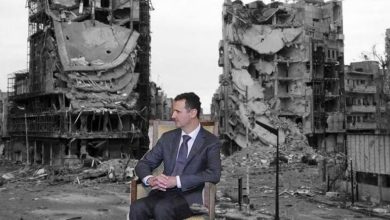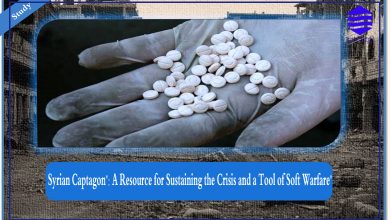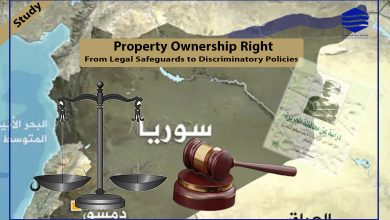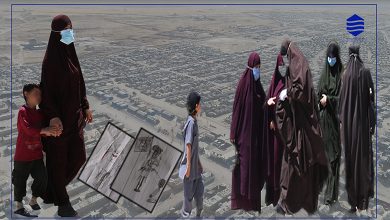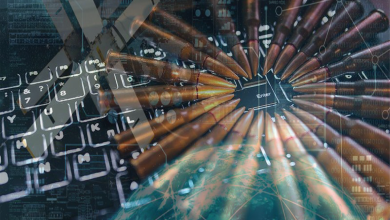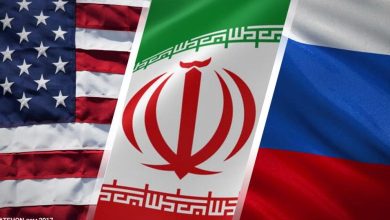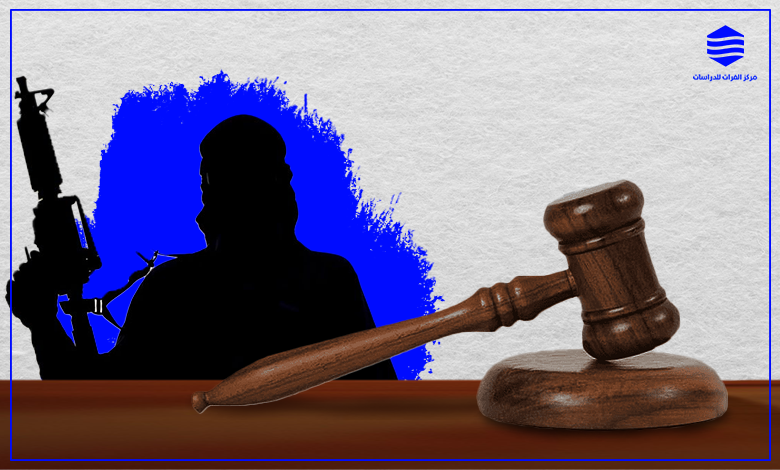
ISIS Violations in North and East Syria: Legal Classification and Specialized Courts
(Part Two)
Introduction:
In the post-defeat phase of ISIS’s military presence, there arises an urgent need to address its legacy in the North and East Syria region. This legacy is manifest in the form of sleeper cells, women and children in camps and shelters[1] and, particularly, former fighters held in detention centers. These individuals, estimated to number in the thousands, committed heinous crimes against the Syrian people, especially targeting ethnic, religious, and racial minorities in North and East Syria. The violations and atrocities perpetrated by this terrorist organization could be classified as crimes against humanity, war crimes, and even genocide. [2]
Examining possible judicial mechanisms to hold ISIS criminals accountable is of significant importance, especially as the international community, represented by the United Nations Security Council, fails to take serious and effective responsibility in preserving international peace and security by addressing or resolving ISIS’s legacy. This inaction has prompted the Autonomous Administration of North and East Syria to make the decision to prosecute ISIS criminals in its own courts, under its own laws, and based on its responsibilities.
The issue of prosecuting perpetrators of war crimes, crimes against humanity, and genocide holds particular importance in preventing serious violators from evading accountability and punishment for the most egregious international crimes—an essential principle of international law.[3] Moreover, it is crucial to achieve justice for victims and to dismantle a significant and dangerous part of ISIS’s legacy in North and East Syria: the issue of detained members since ISIS’s military defeat in March 2019. Additionally, the historical importance of such trials for major criminals lies in their potential contribution to the advancement of international criminal law.
The main question that arises is: What are the specialized courts for holding ISIS criminals detained in North and East Syria accountable? Additionally, the following sub-questions emerge:
- Is it possible to prosecute ISIS criminals before the International Criminal Court (ICC)? What are the obstacles that hinder initiating criminal liability cases against ISIS criminals in this international court?
- Can ISIS criminals be tried before a special international court established by the UN Security Council, similar to the tribunals for the former Yugoslavia or Rwanda?
- Is it feasible to prosecute ISIS members before a mixed international court, in cooperation with the Autonomous Administration of North and East Syria, as part of the international community’s responsibility to support efforts in combating global terrorism and dismantling ISIS’s legacy?
- Finally, is it possible to try ISIS criminals in a local domestic court in North and East Syria under the laws of the Autonomous Administration? What are the challenges facing the establishment of such a court?
We will attempt to answer these various questions by conducting research according to a descriptive-analytical approach, examining the main legal avenues and both international and local judicial mechanisms that can be utilized to address the crimes committed by ISIS in the North and East Syria regions and to hold its perpetrators accountable. Additionally, we will outline the obstacles that have hindered the initiation of criminal proceedings against ISIS members and delayed justice for its victims to date. This study will follow the structure below:
Chapter Two: Specialized Courts for Prosecuting ISIS Members
- Section One: International Courts Available for Prosecuting ISIS Members
- Subsection One: Possibility of Establishing a Special International Court
- Subsection Two: Possibility of Prosecution Before the International Criminal Court
- Section Two: Proposed Local Court for Prosecuting ISIS Members
- Subsection One: Motivations and Justifications
- Subsection Two: Challenges and Difficulties
